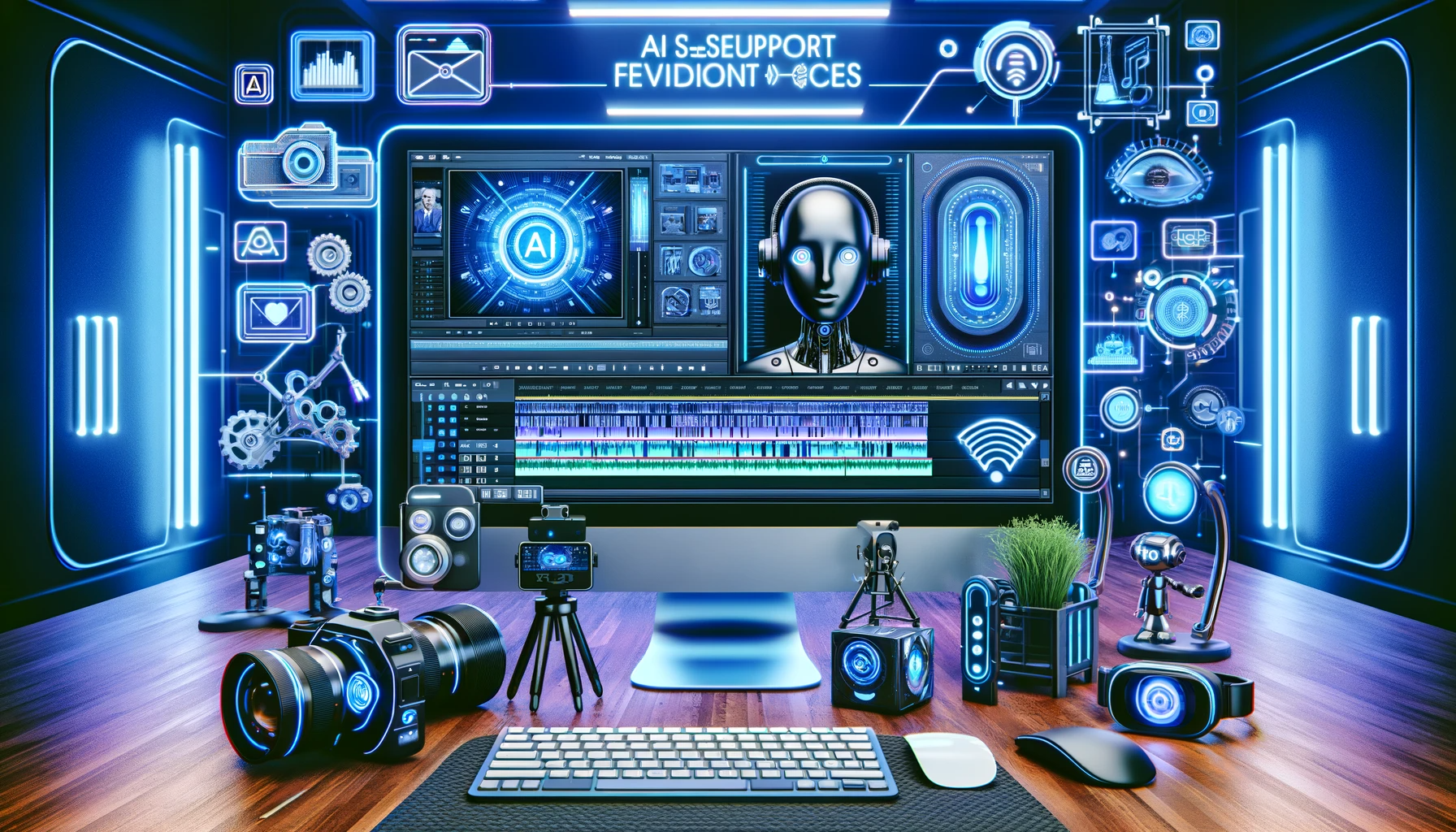YouTube Announces Simplified Ad Controls and Increased Revenue Opportunities for Creators
YouTube is making significant changes to its ad monetization system in an effort to simplify the process and maximize revenue for creators. In a...

The year 2023 marked a pivotal moment in the utilization of artificial intelligence. Since its unveiling in November 2022, ChatGPT has surged, boasting over 180 million monthly users and 100 million weekly active users. The current AI development is considered a revolution akin to the invention of the internet.
AI tools now facilitate the creation of graphics (e.g., through Gencraft), metadata (e.g., via Chat GBT), music, and videos (like inVideo). These tools empower YouTube creators to craft thumbnails, titles, descriptions, tags, and even entire videos. All metadata can be customized to language, region, or viewer preferences, offering practically limitless possibilities in tailoring content.
The flourishing of AI in 2023 rapidly introduced novel opportunities. Yet, with these advancements come new challenges. As highlighted in a November 14, 2023 article from YouTube’s official blog (source: YouTube blog), the platform addressed AI-generated content that could mislead viewers by simulating real events, violence or using the likeness and voice of real individuals.
YouTube emphasized that while all content uploaded to the platform adheres to Community Guidelines, AI-generated content introduces new risks necessitating fresh approaches.
The platform will implement various measures to address these concerns. Firstly, there will be disclosure requirements and new content labels. Creators must disclose when they've generated altered or synthetic content that appears realistic. This includes videos depicting events that never occurred or fabricating actions or statements by individuals. Failure to disclose such information could result in content removal or penalties.
To inform viewers, YouTube will add labels in the description panel and, for sensitive content, display more prominent labels on the video player.
However, labels alone might not suffice in certain cases, especially when the synthetic media could pose harm. Such content, even if labeled, may be removed if it violates Community Guidelines, particularly in instances involving realistic violence intended to shock or disgust viewers.
Furthermore, YouTube is introducing options for removing AI-generated content that replicates identifiable individuals’ faces or voices, including provisions for music partners to request the removal of AI-generated music mimicking artists' voices.
AI also plays a vital role in content moderation. YouTube’s AI, combined with human reviewers, detects and evaluates violative content, continuously improving moderation accuracy and speed.
The platform prioritizes responsibility in AI development, investing in technology to prevent the generation of inappropriate content. Teams like the intelligence desk focus on detecting emerging threats and ensuring systems adapt to new challenges.
As the AI transformation unfolds, YouTube remains committed to fostering innovation while safeguarding its community. The future promises a collaborative effort across creative industries to harness AI for a better tomorrow.
In conclusion, while AI offers boundless possibilities, it brings forth risks in a complex landscape. Continued technological advancements, legal regulations, and platform adaptations to evolving trends are eagerly awaited.
YouTube is making significant changes to its ad monetization system in an effort to simplify the process and maximize revenue for creators. In a...
If you want your video thumbnails to stand out from the competition, use our short guide. Learn the rules that will also work when creating visual...
What does the viewer see when they enter the homepage of your channel? What is the first impression? The main page of the channel should be so...